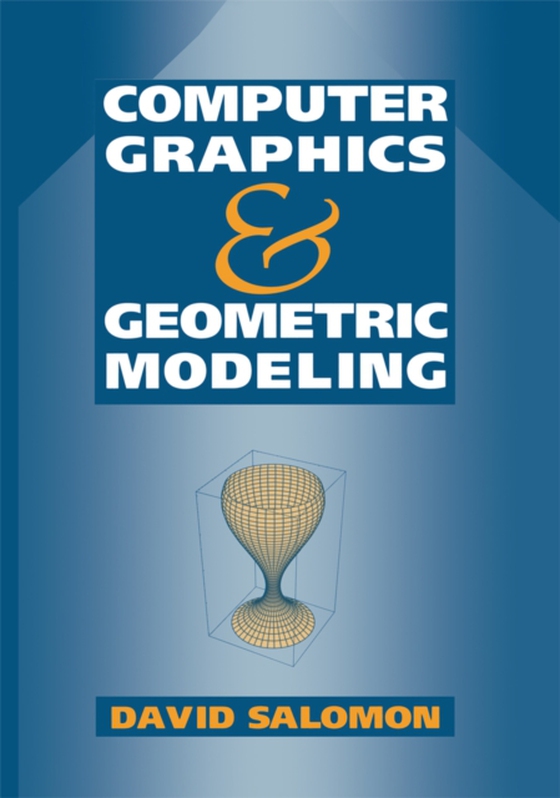
Computer Graphics and Geometric Modeling e-bog
546,06 DKK
(ekskl. moms 436,85 DKK)
Joseph-Louis Lagrange (1736-1813), one of the greatest mathematicians of the 18th century, made important contributions to the theory of numbers and to analytical and celestial mechanics. His most important work is Mecanique Analytique (1788), the textbook on which all subsequent work in this field is based. A contempo- rary reader is surprised to find no diagrams or figures of any kind in this...
E-bog
546,06 DKK
Forlag
Springer
Udgivet
6 december 2012
Genrer
Applied mathematics
Sprog
English
Format
pdf
Beskyttelse
LCP
ISBN
9781461215042
Joseph-Louis Lagrange (1736-1813), one of the greatest mathematicians of the 18th century, made important contributions to the theory of numbers and to analytical and celestial mechanics. His most important work is Mecanique Analytique (1788), the textbook on which all subsequent work in this field is based. A contempo- rary reader is surprised to find no diagrams or figures of any kind in this book on mechanics. This reflects one extreme approach to graphics, namely considering it unimportant or even detracting as a teaching tool and not using it. Today, of course, this approach is unthinkable. Graphics, especially computer graphics, is commonly used in texts, advertisements, and movies to illustrate concepts, to emphasize points being discussed, and to entertain. Our approach to graphics has been completely reversed since the days of La- grange, and it seems that much of this change is due to the use of computers. Computer graphics today is a mature, successful, and growing field. It is used by many people for many purposes and it is enjoyed by even more people. One criterion for the maturity of a field of study is its size. When a certain discipline becomes so big that no one person can keep all of it in their head, we say that that discipline has matured (or has come of age). This is what happened to computer graphics in the last decade or so.
 Dansk
Dansk

